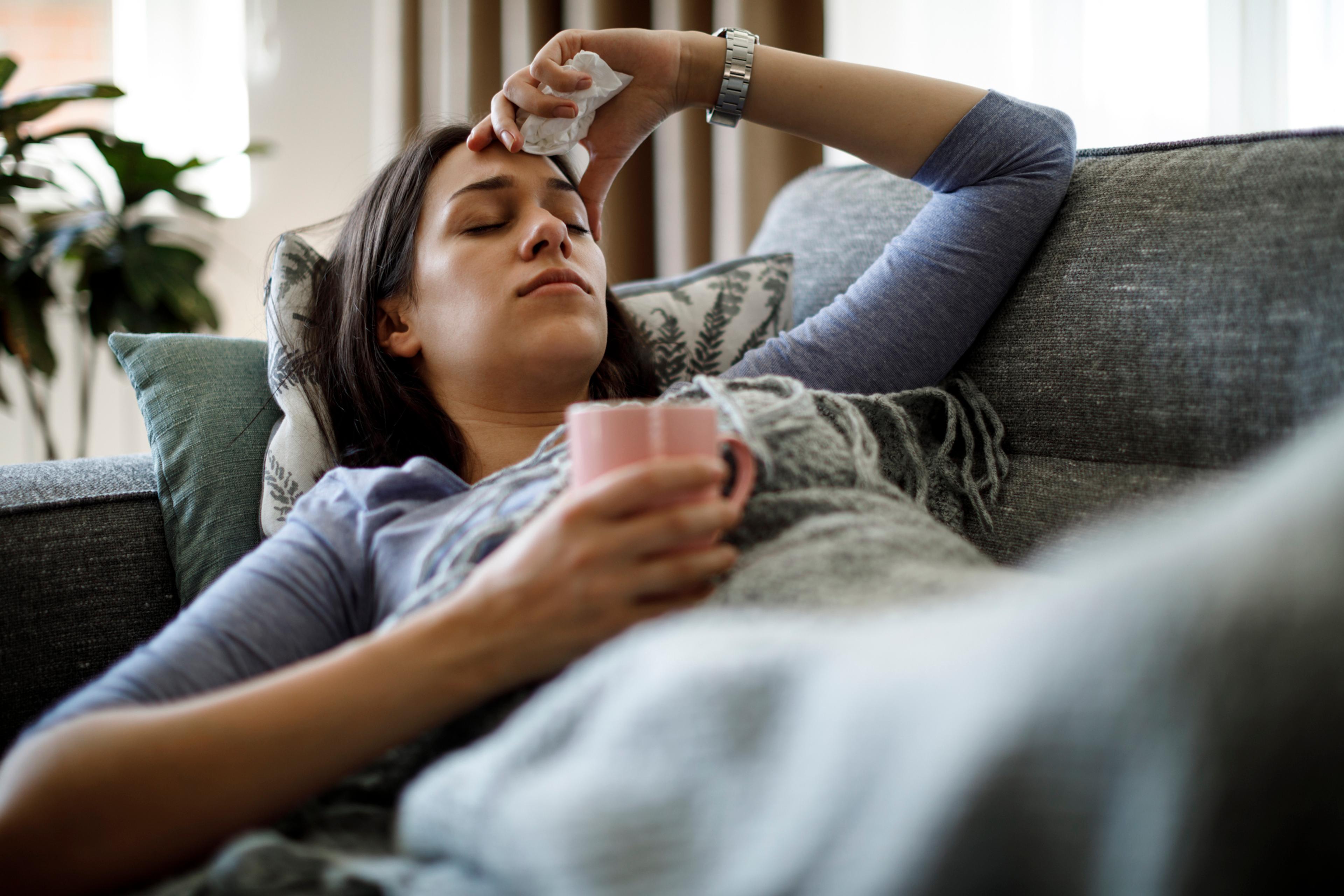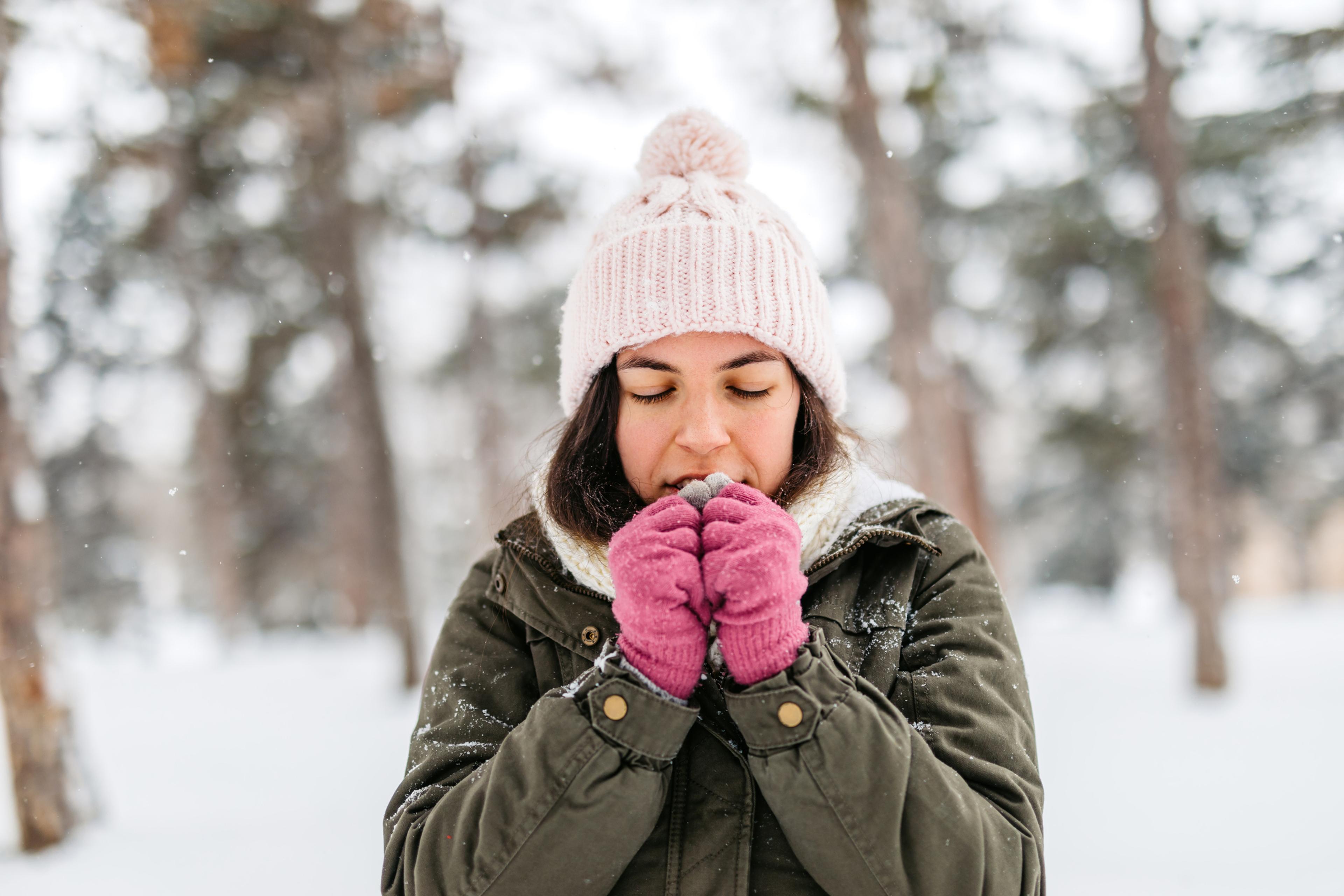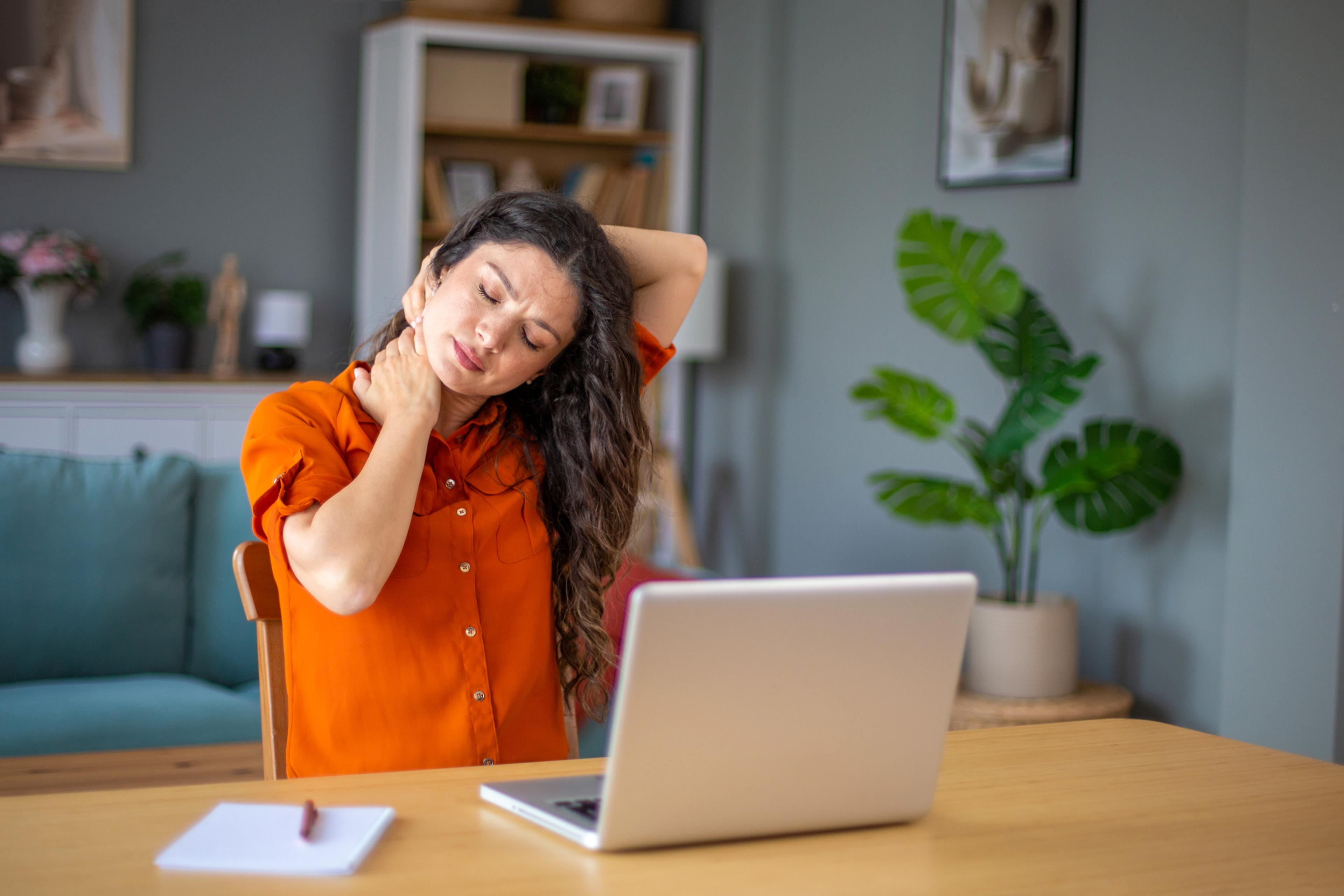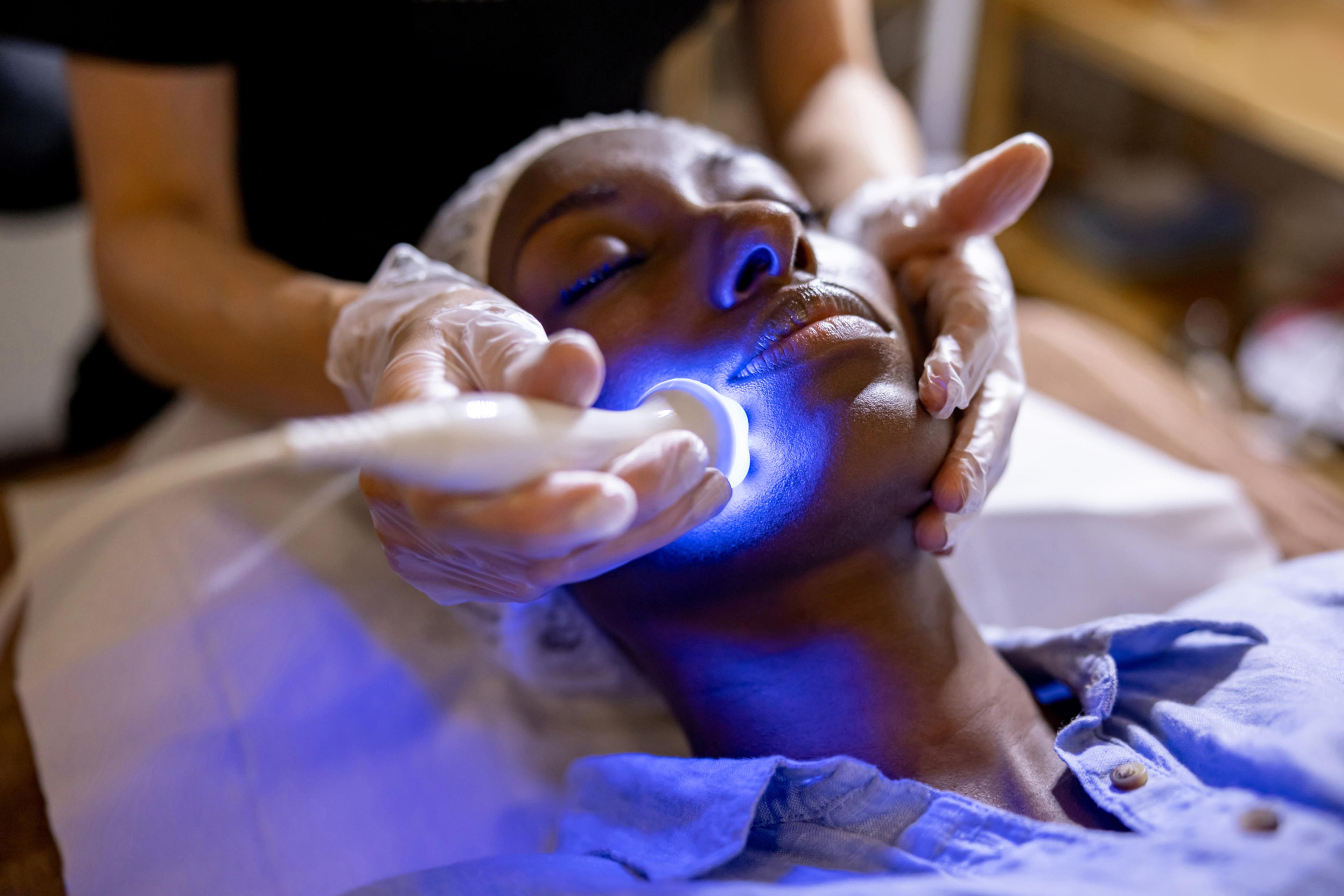When is Allergy Season?

Lindsay Knake
| 3 min read
Lindsay Knake is a brand journalist for Blue Cross Blue Shield of Michigan.
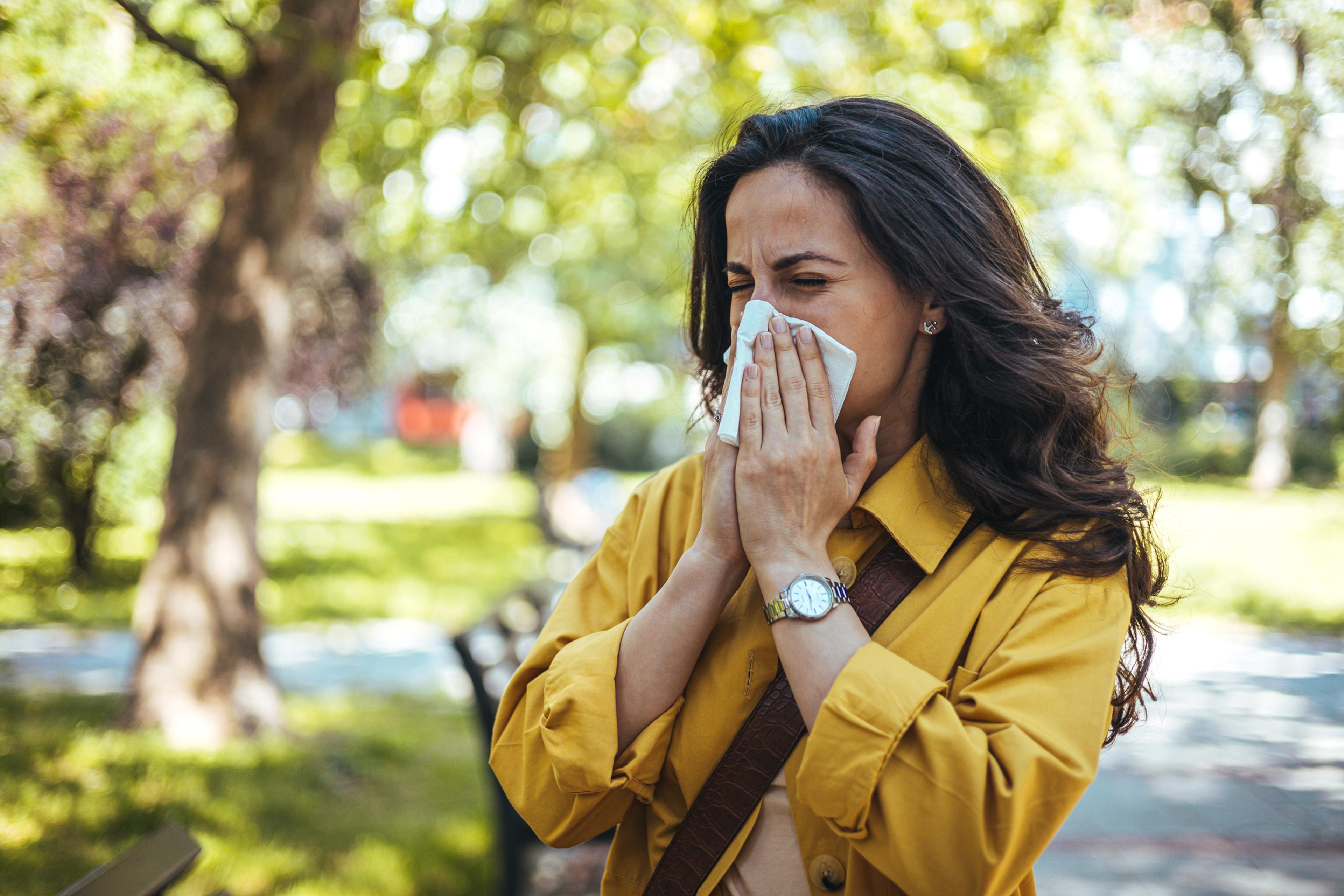
Allergy season starts earlier than you may realize.
As more than 50 million Americans deal with allergy symptoms each year, according to the American College of Allergy, Asthma & Immunology, let’s look at the timeline of the outdoor allergy season and how you can prepare for it.
When is allergy season?
Tree, grass and weed pollen are the most common outdoor allergens in the United States. The Great Lakes region pollen composition is 81% trees, 13% weeds and 6% grasses, a study found.
Tree pollen
In Michigan, trees are the top culprit for your sneezing, congestion and itchy eyes. Trees start to release pollen as early as February and continue through late spring, depending on the species, according to the American College of Allergy, Asthma and Immunology.
Grass pollen
Grass pollen overlaps with tree pollen, which can make people who have allergies to both feel miserable. Grasses start to release pollen in April and continue through June, according to the Asthma and Allergy Foundation of America.
May is often the worse month for allergy sufferers because of the one-two punch of trees and grasses, according to the Allergy and Asthma Network.
Weed pollen
Weeds, most commonly ragweed, start in August and continue through the first frost of the season, which may be in September or October depending on where you live in Michigan.
How to manage allergies
Most common allergy medications such as antihistamines and corticosteroid nasal sprays can take a few weeks to work, so it’s best to start taking them early.
Many people will have better or worse days depending on the time of day and weather. Pollen peaks in the early morning and wanes throughout the day. If you have severe allergies, delaying your outdoor recreation to the afternoon and evening may help. Warm and windy days may also make you feel worse, while rain can wash pollen from the air and provide relief.
You can check pollen counts with an online tool from Pollen.com.
Keeping outdoor allergens out of your home is key to managing them. Here are ways to reduce your exposure:
- Stay inside as much as possible when pollen is high. Pollen counts are higher in the morning.
- If your allergies are severe, wearing an N-95 mask and wrap-around glasses while outside when pollen counts are high or while doing yardwork may help with symptoms.
- Change your clothing after being outside.
- Shower and wash your hair after coming inside.
- Use HEPA (high-efficiency particulate air) filters for single rooms and disposable filters for whole-house HVAC systems to keep the air clear of allergens and particles.
- Keep windows closed if you have outdoor allergens
- Wash bedding regularly and keep pets off your bed and out of your bedroom.
- Vacuum with a HEPA-filter to clean carpets and rugs.
Common treatments for allergies include over the counter antihistamines, nasal corticosteroids, antihistamine eye drops, prescription leukotriene modifiers, allergy shots and nasal irrigation.
Every person who has seasonal allergies will have a different experience based on the type and severity of their allergies. If your allergies are making your daily life difficult or contributing to poor mental health, talk to your primary care physician about treatment.
Image: Getty Images
Related:


